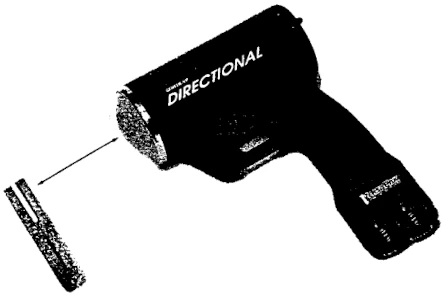 Police check the radar equipment used to measure vehicle speeds to insure that it is functioning correctly before they write speeding tickets based on the readings. If a speeding ticket is disputed the officer must satisfy the court that the instrument had been tested and was working properly.
Police check the radar equipment used to measure vehicle speeds to insure that it is functioning correctly before they write speeding tickets based on the readings. If a speeding ticket is disputed the officer must satisfy the court that the instrument had been tested and was working properly.
The Offence
Paige Tschampa was ticketed for driving at a speed of 70 km/h in a posted 50 km/h zone by CN Police Service near the rail yard in Prince George. She disputed the ticket and was convicted by the presiding judicial justice.
The Appeal
Ms. Tschampa appealed the conviction saying that the Judicial Justice misapprehended the standard of evidence required to prove the testing and accuracy of the speed‑measuring device that was relied on by the Crown.
Her position was that Constable Thorne was "unsure about the proper testing requirements needed to accurately confirm the operation of the radar unit" following a less than detailed answer to a question about testing the Genesis VP radar that he had used to measure her speed.
Q And are you aware of the appropriate testing that is required for that unit by explanation in the manual it's accompanied to ‑- accompanies that unit?
A That's correct.
Q What is the testing carried out?
A Pardon me?
Q What is the testing you carried out, specifically?
A I ‑- I test it internally and with the ‑- with the tuning fork, externally.
Q You're familiar with the manual for that unit?
A Yes.
Q What does that describe as far as the appropriate test to be carried out on the unit before it's deemed to be fit to measure speed?
A Pardon me?
Q What is the ‑‑ what does the manual say is the appropriate test to be carried out before that unit is fit to measure the speeds of the vehicles?
A To be tested internally and if the radar unit shows that it's a ‑- it's a pass internally and the externally with the ‑- with the K-band tuning fork and the reading will say, "100".
Q Is that ‑- are ‑- are you able to say what the manual says about the testing process?
A I'm just ‑- that's ‑- that's what I know.
Testing the Radar

According to the manufacturer there are two field tests required to insure that the radar is operating properly.
The first is done by turning the unit on and pressing the Test button. A display test, circuitry test and speed simulation occurs ending with either a Pass or Fail indication.
The second is done by holding a vibrating tuning fork in front of the radar and observing that the speed readout matches the figure stamped on the tuning fork.
If the Pass is indicated and the speed is correct, the radar is operating properly.
The Decision
Madam Justice Church found:
Neither Geraghty nor Khadikin set out any requirement that the evidence include an accurate description of the requirements stated in the radar unit manual for the purpose of establishing whatever tests were required or suggested for it. Constable Thorne's evidence was that he tested the radar unit according to the manufacturer's specifications and found it to be working properly. That aspect of his evidence was not challenged on cross-examination. Under cross-examination, Constable Thorne gave a more detailed description of the testing that he undertook and also testified as to his familiarity with the radar unit's manual.
She upheld the traffic court conviction.
Learn More
Share This Article
- Log in to post comments
